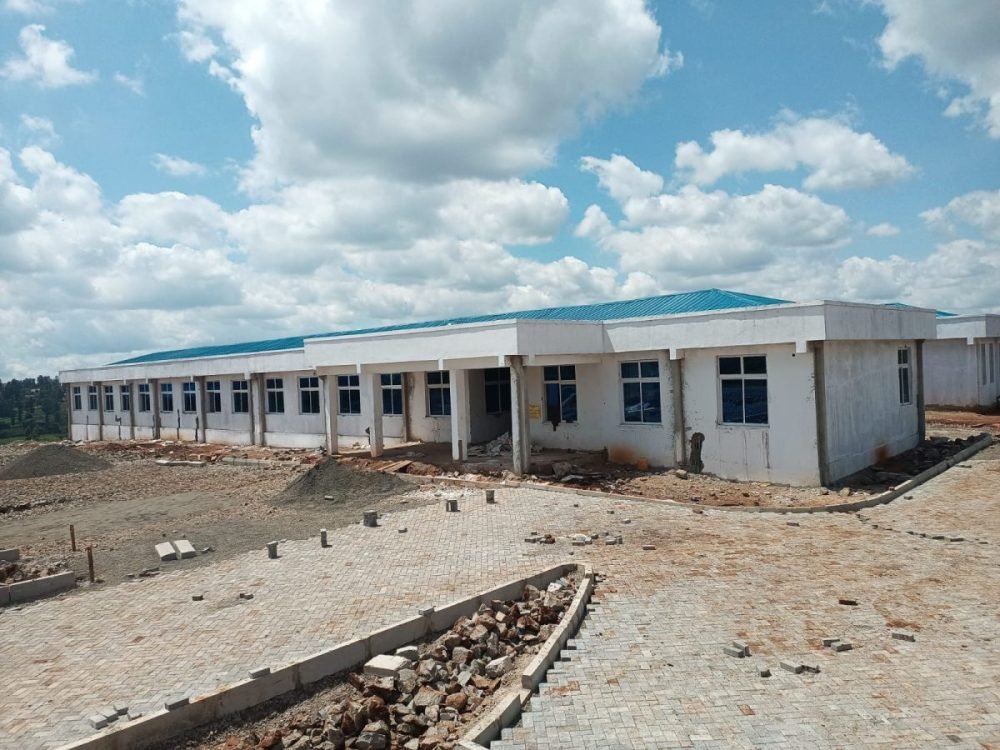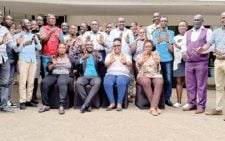Alcohol major cause of conflicts for Murang’a families – survey shows

At least 56 per cent of families in Murang’a County mainly experience conflicts between spouses, a new report has shown.
This is in accordance with the findings of the National Council for Population and Development (NCPD) study, which also indicated that four in every 10 (41.9 per cent) families in Murang’a have a member who uses alcohol.
“Technology, phone and online addiction have contributed to a lot of fights, quarrels and infidelity resulting in marriage breakdowns. For example, you find a woman or a man with a smartphone paying more attention to browsing Facebook and chatting throughout the day and having no time for interaction and attending to family matters So there is no communication in the family and If there is no communication, families don’t function well,” a married man in a focus group discussion said during the study.
According to the findings, some people in the county are so addicted to alcohol to the point that they cannot feed themselves.
“Anytime they have money, all they want to do is drink even before they eat so whenever there is a separation at home they are really affected because probably the person who used to feed him was the one who has left. The mother and the father who is left behind do not care much. A lot of times fathers don’t care much about the children,” a separated female participant said.
The survey also found that having children has interfered with the private time of 28 per cent of parents in Murang’a.
“Over three-quarters of parents agree that a large part of their lives is controlled by their children’s needs. Some 63 per cent of parents in Murangá County have no desire of having more children,” the findings show.
Among those who do not desire to have more children, over half (57 per cent) of them do not desire because of the financial burden of bringing up children.
The survey also shows that employment is the leading source of family income among 36 per cent of families in Murang’a followed by agriculture with 32 per cent.
A third (31.2 per cent) of families in Murang’a have a combined family income of less than Ksh5,000.
Another 39 per cent of families in the county would require above Ksh50,000 per month for them to be comfortable.
Chronic illnesses are also affecting some families where they end up selling their property to meet the needs of the ill person.
“More than half (55.8 per cent) of families have no savings at all. Another 6 per cent are not in employment and are not looking for employment,” said the report.
It also showed that 57 per cent of residents walk to work while 44 per cent of the residents have had to change jobs so that they could take care of children.
NCPD conducted the first-of-its-kind study on the status of families with a focus on Murang’a, which was implemented between March and June last year in collaboration with other stakeholders.
During the study, some 542 households were interviewed translating to a household response rate of 80 per cent while 502 Individuals were interviewed translating to an individual response rate of 92 per cent.
It has also shown that 27 per cent of families in Murang’a, find it difficult to access the nearest health facility while 3 in every 5 (63 per cent) families in Murang’a have no access to health insurance cover.
Only about 35 per cent of families are covered under the National Hospital Insurance Fund (NHIF).
The study seeks to provide an understanding of the family situation, its challenges and needs, as an important first step towards achieving Sustainable Development Goals (SDGs) and is also a response to proposals in the draft research agenda on population and development of family promotion and protection policy.














